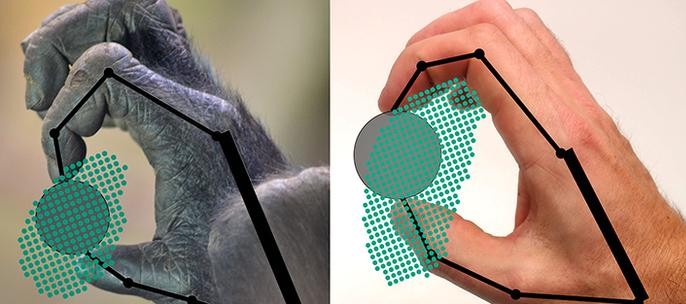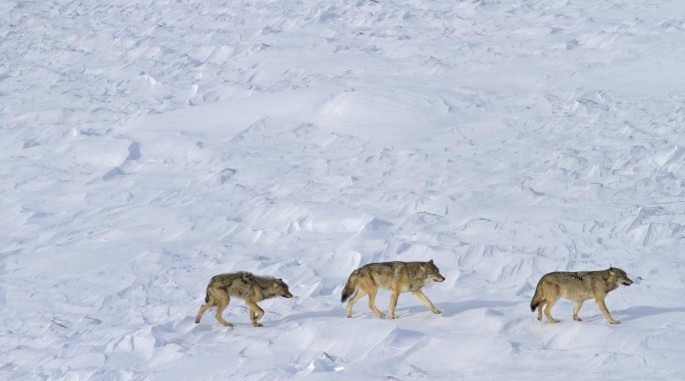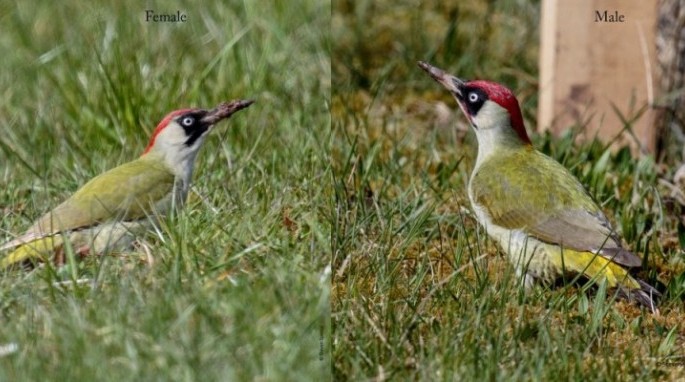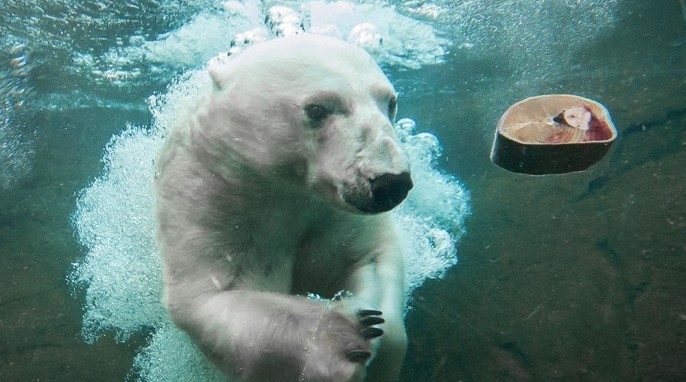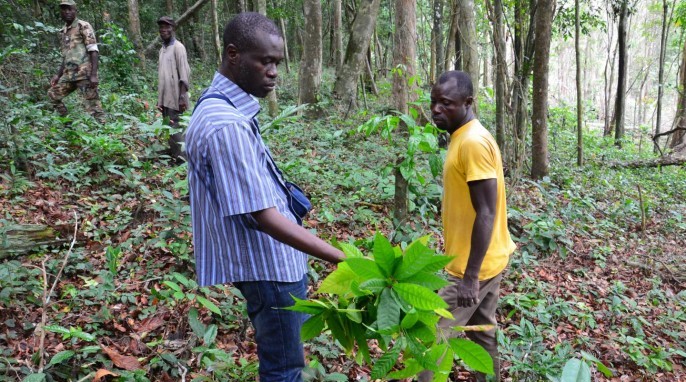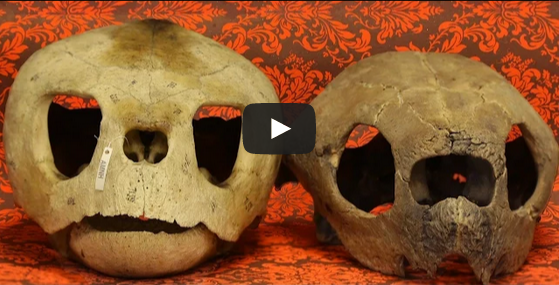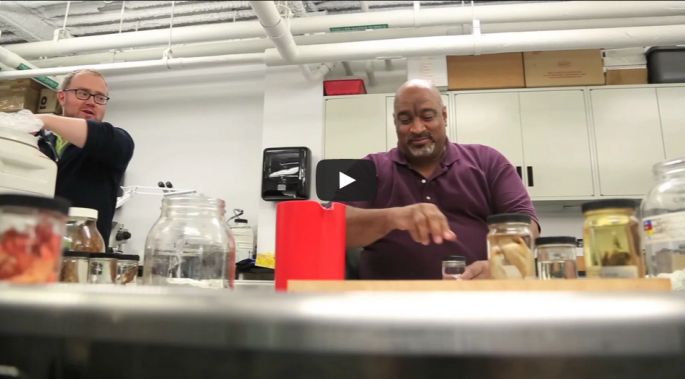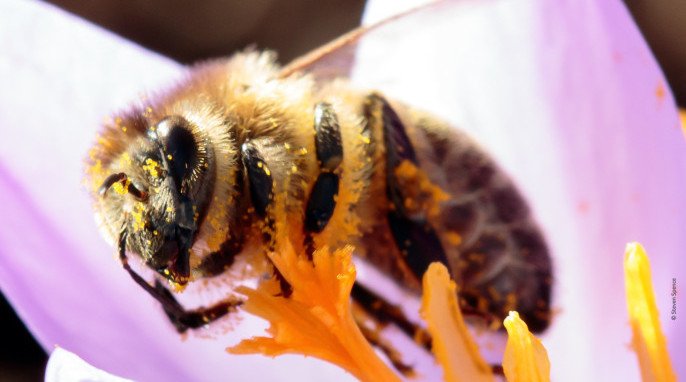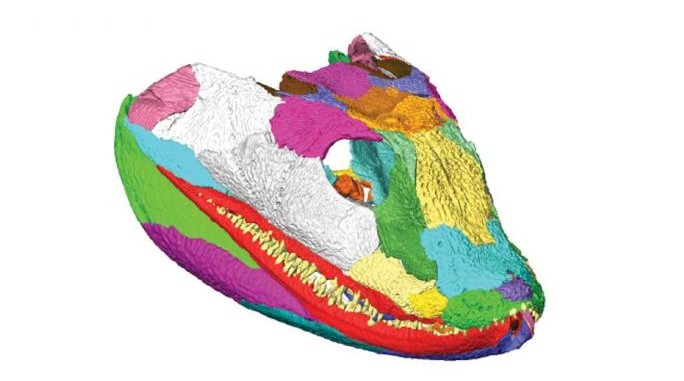Better Understanding the Human Grip
The human hand is an evolutionary wonder: 26 percent of the bones in our bodies are in our hands. Now, scientists are coming to better understand the grip and special grasping ability of humans and other primates. In a new study, a research team found that even the oldest known human ancestors may have had precision gripping skills comparable to modern humans. This includes Australopithecus afarensis, a creature that predates the first known stone tools by about a million years. Manual dexterity is traditionally viewed as a key adaptation that…
Read More
